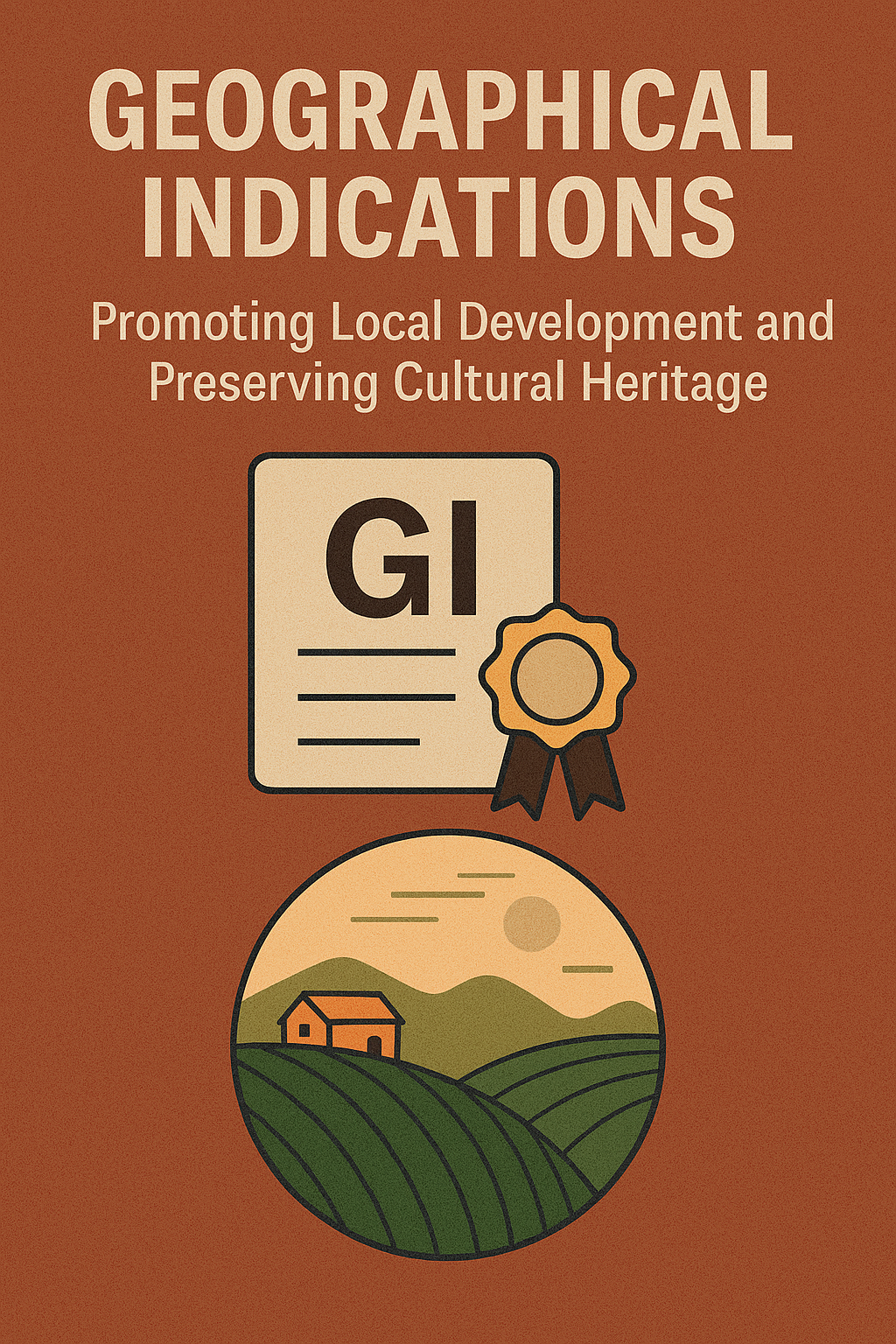Mr. Saad Ahsan Siddiqui (Assistant Professor)
In the intricate dance between human settlements and the wild, conflicts often arise. India, with its rich biodiversity and densely populated areas, faces a particularly challenging scenario. The clash between protecting wildlife and ensuring human safety is a delicate balance that requires thoughtful consideration and nuanced solutions.
On one hand, there’s the pressing issue of wild animals venturing out of protected areas and into villages and human settlements. Wild boars, pigs, neelgais, and other creatures often wreak havoc on crops, causing significant financial losses for farmers who depend on their yield for sustenance and livelihood. In response, local governments or village panchayats sometimes issue orders or certificates to cull these animals, aiming to mitigate the damage to crops and alleviate the economic burden on communities.
However, the situation becomes infinitely more complex when apex predators like tigers, elephants, and leopards stray into human habitats. The threat they pose to human life is undeniable and often far greater than the damage inflicted on crops. Yet, there’s reluctance, if not outright opposition, to the idea of killing these majestic animals, especially considering their endangered status and intrinsic value to India’s ecological heritage. In the tug-of-war between prioritizing crop protection and safeguarding human lives versus preserving endangered species and respecting their territorial rights, both sides present compelling arguments.
Proponents of crop protection argue that the economic value of crops outweighs the lives of individual animals. Moreover, they point to instances where human-wildlife conflicts have resulted in fatalities or serious injuries, underscoring the need for decisive action to mitigate such risks. On the other hand, advocates for wildlife preservation emphasize the ethical imperative of coexisting with other species and respecting their right to exist. They highlight the role of apex predators in maintaining ecosystem balance and argue that killing them disrupts delicate ecological dynamics, potentially leading to unforeseen consequences.
Adding complexity to the debate are the myriad human interventions that encroach upon wildlife habitats. Infrastructure projects such as highways, bullet trains, and urban expansion often fragment and degrade natural landscapes, forcing animals to navigate through human-dominated areas in search of food and shelter. While measures like canopy bridges, wildlife crossings, and protected passages aim to mitigate these impacts, they raise questions about the ethical responsibilities of human society towards its non-human inhabitants.
In the midst of these conflicting interests and moral quandaries, India’s legal framework provides guidelines for managing human-wildlife conflicts. While wildlife protection laws prioritize conservation and prohibit hunting of endangered species, they also recognize exceptions for cases where animals pose an imminent threat to human life. In such exceptional circumstances, authorities may issue permits for the humane euthanasia or relocation of problem animals, striking a balance between protecting human communities and preserving biodiversity. The provision of law allowing killing for self-defense and in good faith presents a significant legal and moral quandary in addressing human-wildlife conflicts. However, its lack of clear definition often leads to inconsistent application, resulting in situations where individuals acting out of fear are punished, while others exploit it as a defense for their actions. This ambiguity underscores the need for precise guidelines and training to ensure that this provision is applied judiciously and in line with the overarching goals of wildlife protection and human safety.
Ultimately, addressing human-wildlife conflicts requires a multifaceted approach that considers ecological, economic, and ethical dimensions. By fostering dialogue, promoting coexistence, and implementing holistic solutions that prioritize both human safety and wildlife conservation, India can navigate the complex terrain of its rich natural heritage while ensuring a sustainable future for all its inhabitants.
Legal Framework for Wildlife Protection in India
Here is the organized list of acts and policies that specifically address wildlife, human settlements, poaching, and human-wildlife conflict:
- Prevention of Cruelty to Animals Act, 1960: Includes provisions related to the protection of wildlife and the prevention of illegal hunting and poaching.
- Wildlife Protection Act, 1972: Comprehensive legislation providing for the protection of wildlife and establishment of protected areas such as national parks and wildlife sanctuaries. Regulates hunting, trade, and transportation of wildlife species and includes stringent penalties for poaching.
- Forest Rights Act, 2006: Recognizes the rights of forest-dwelling communities over forest land and resources. Emphasizes sustainable management, which helps reduce human-wildlife conflict by involving local communities in conservation efforts.
- The Scheduled Tribes and Other Traditional Forest Dwellers (Recognition of Forest Rights) Act, 2006: Acknowledges the traditional rights of forest-dwelling communities and aims to reduce conflicts between these communities and wildlife by ensuring sustainable use and conservation of forest resources.
- National Wildlife Action Plan (NWAP) 2017-2031: A policy document outlining strategies for mitigating human-wildlife conflict, addressing poaching, and ensuring the coexistence of wildlife and human settlements. Includes specific actions for improving habitat connectivity and involving local communities in conservation efforts.
- State Wildlife Acts: Various state-level acts include specific measures to address poaching, human-wildlife conflict, and the management of wildlife within human settlements.
Some other acts and policies, while not directly focused on human-wildlife conflict, contribute indirectly to wildlife conservation and environmental sustainability. These measures play a crucial role in creating a sustainable environment that supports wildlife and helps reduce the pressures leading to conflicts. Here’s how they fit into the broader context:
- The Constitution of India: Article 51A emphasizes the duty of citizens to protect the environment, including wildlife, which indirectly supports efforts to mitigate human-wildlife conflict.
- Indian Forest Act, 1927: Includes provisions for the protection of wildlife within forested areas, indirectly affecting human-wildlife interactions by regulating forest use.
- Water (Prevention and Control of Pollution) Act, 1974: Seeks to prevent water pollution, ensuring clean water bodies for wildlife.
- Forest Conservation Act, 1980: Restricts deforestation and the use of forest land for non-forest purposes, helping to preserve wildlife habitats and reduce conflict.
- Air (Prevention and Control of Pollution) Act, 1981: Aims to reduce air pollution, indirectly benefiting wildlife by maintaining healthier habitats.
- Environment (Protection) Act, 1986: Empowers the central government to take measures for environmental protection, including biodiversity conservation, which can help in reducing human-wildlife conflict.
- National Forest Policy, 1988: Focuses on forest conservation and sustainable management, involving local communities in forest management, which can indirectly reduce human-wildlife conflict.
- Biological Diversity Act, 2002: Regulates access to biological resources and emphasizes biodiversity conservation, indirectly impacting human-wildlife interactions.
- National Green Tribunal Act, 2010: Establishes a tribunal for environmental protection, indirectly supporting wildlife conservation efforts.
- Coastal Regulation Zone (CRZ) Notification, 2011: Protects coastal ecosystems and regulates human activities, indirectly aiding marine and coastal wildlife.
- The Compensatory Afforestation Fund Act, 2016: Provides for compensatory afforestation and ecological restoration of forest lands, helping to maintain wildlife habitats.








